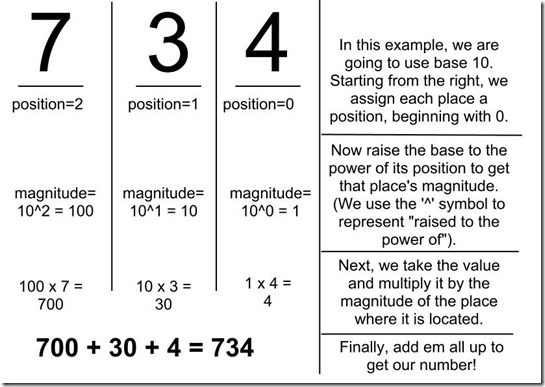I respect people who work with their hands. I have some small idea about what it takes to change my car’s oil, or put in a new pond in the back yard. But I don’t know what it takes to rebuild a car’s engine or design the landscape for a new shopping complex. I have some small idea what it takes to put a laminate floor in a living room, but no real idea of what it takes to organize multiple companies to complete the renovation of an old theatre. I don’t have any desire to muddle around in those sorts of professions. It seems difficult and time consuming to me and I acknowledge that much of my perceived difficulty lies in my lack of knowledge for that industry. I’m alright with that, because I work in an industry that people have an idea about, but may not know all that goes into building a full project. Computer programming, and the web specifically, is my industry. And like me and changing my car’s oil, you know how to open a browser and navigate to your favorite website. But do you know what it takes to build that website? Well, that’s quite a large question, and involves gathering technical requirements, architecting the data structures, designing the look and feel of the site, programming the site, testing, deployment, scope changes, and analyzing the data once the site is live.more







